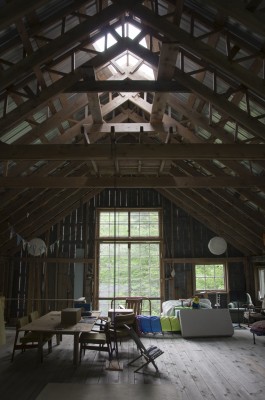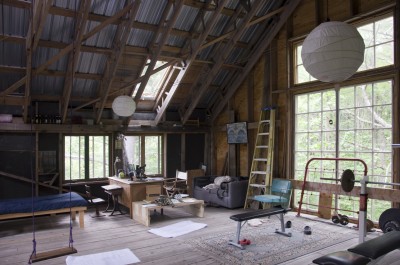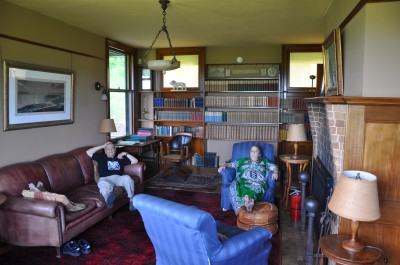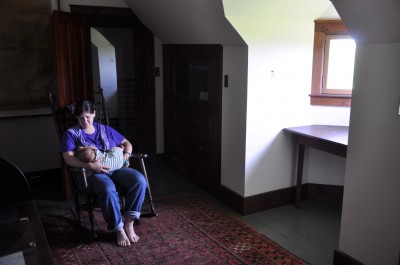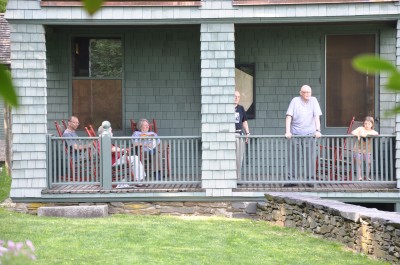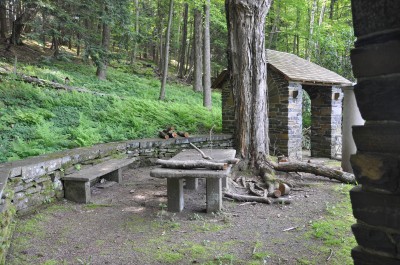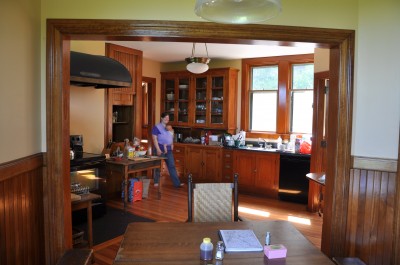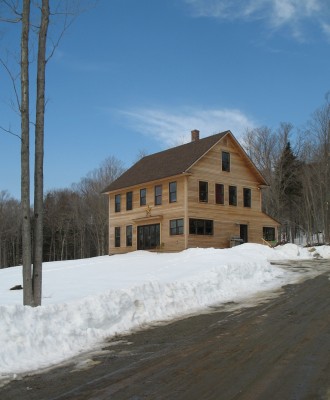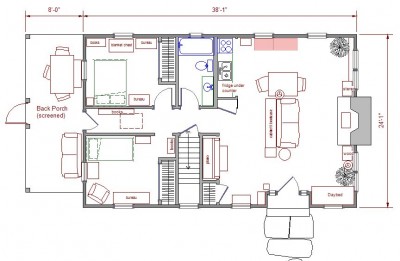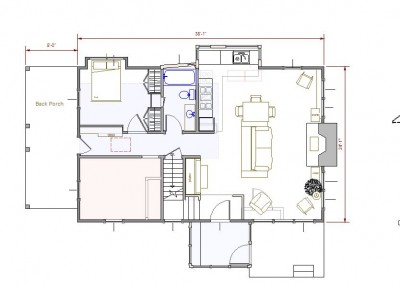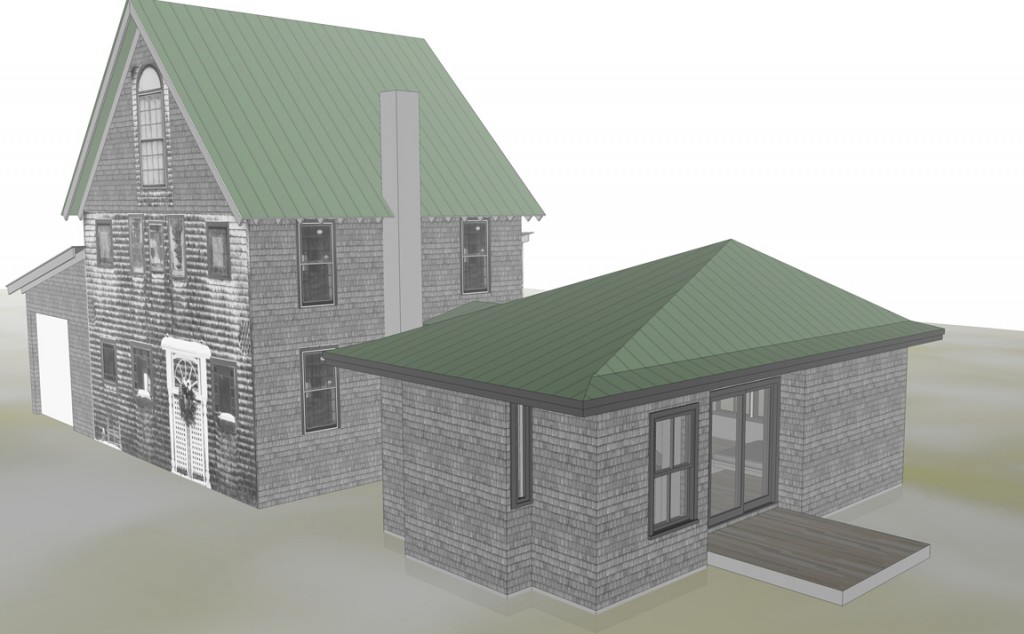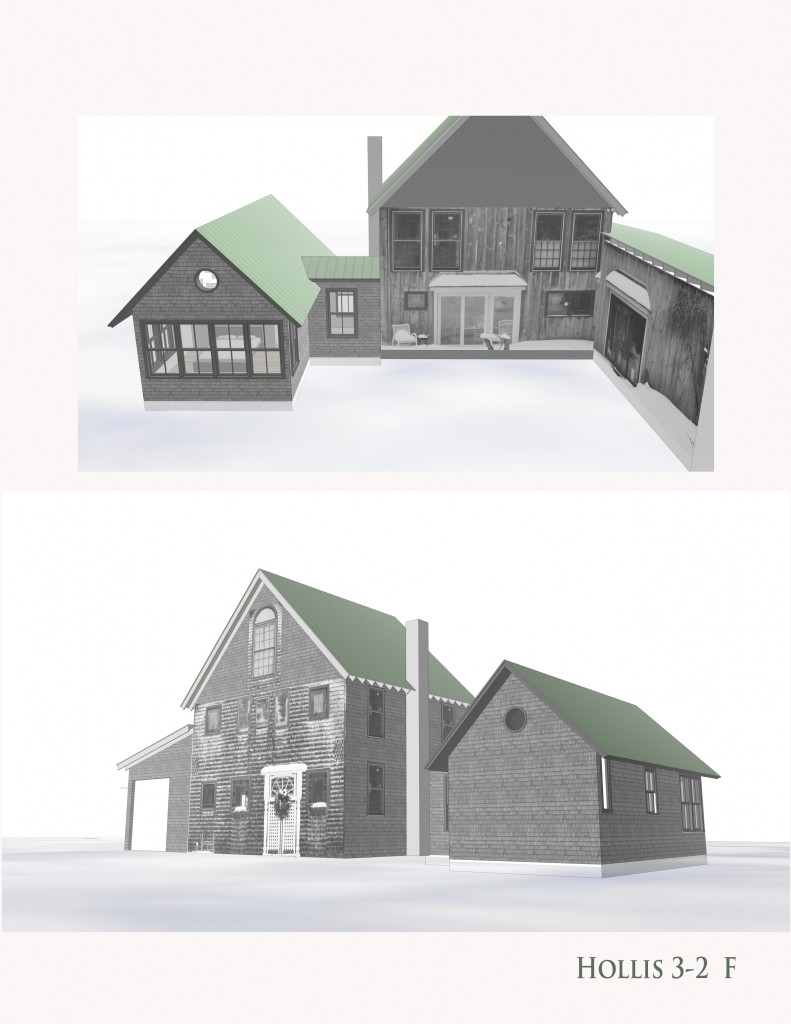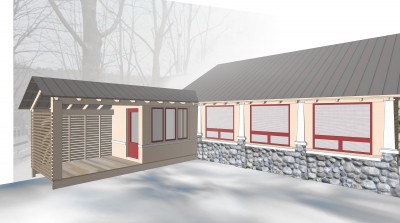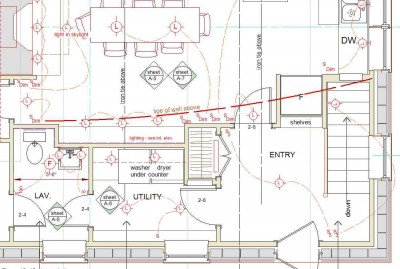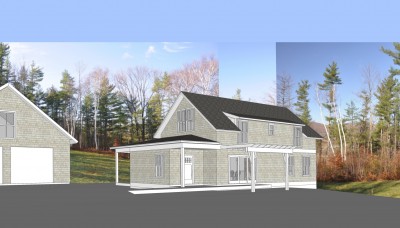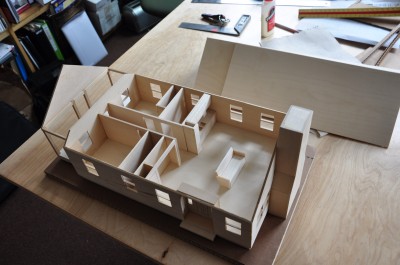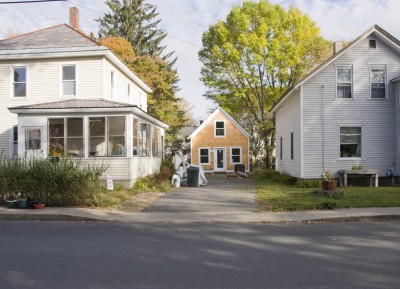I have been asked before: If I could start from scratch with a decent budget, what sort of a house would I build for myself? I was thinking about that the other day as my eyes wandered up to the huge pine and maple trees that tower over the house (mental note: check homeowners policy) That is a tough question to answer. Part of me would live to live in a big old farmhouse and part of me wants a Tom Kundig sort of house with lots of steel, glass and concrete and a cool device that does something interesting. The reality may be somewhere in between. Living where I do, energy efficiency and insulation rule out either of these options in their pure form. But there are lessons to be learned from both extremes. My own tastes probably run toward a warm modernism with Scandinavian influences that isn't afraid of wood and stone as well as glass and steel. I would not impose the limitations of “traditional” architecture on myself. I've seen too much for that. I'm spoiled. I like light and dark, open spaces and well defined spaces. Indoor and outdoor. I don't like to take my shoes off whenever I come in the house. Function rules! I like porches. I like woodstoves.
The reality may be somewhere in between. Living where I do, energy efficiency and insulation rule out either of these options in their pure form. But there are lessons to be learned from both extremes. My own tastes probably run toward a warm modernism with Scandinavian influences that isn't afraid of wood and stone as well as glass and steel. I would not impose the limitations of “traditional” architecture on myself. I've seen too much for that. I'm spoiled. I like light and dark, open spaces and well defined spaces. Indoor and outdoor. I don't like to take my shoes off whenever I come in the house. Function rules! I like porches. I like woodstoves.
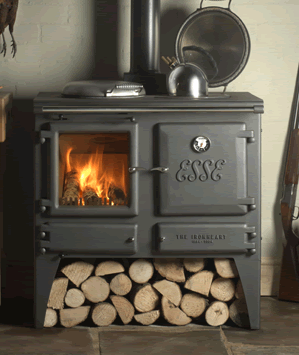
I like low maintenance. I like simplicity. I want a huge range in the kitchen and a huge island to match. I like old fashioned pantries - with a window. I like when a window goes down to the floor. I want laser cut steel switchplate covers. I like wood ceilings and floors but not wood walls. I love dark slate with dark thin grout lines. I don't like big bedrooms. I want a soaking tub. 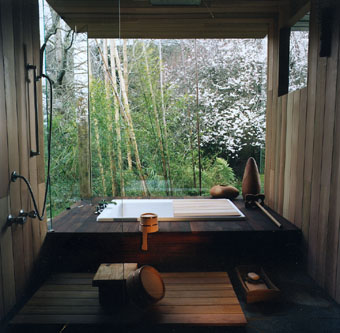 I dislike fancy. I hate frippery and fakery! (fake divided lite windows make me gag) Sometimes I use the term “carpenter modern” to describe my tastes. There is a lot of this in VT. My own barn is a good example. It describes a building or house or detail that does the job without any overt nod to “style” but in its simplicity and function and logic, it becomes beautiful. Did I mention that I love raw steel? It is difficult for me to find examples of what I like in print media. Everything is too big, too fancy, too complicated, too precious. Dwell Magazine does a better job of presenting "real people" type projects. And I love looking at what happens down South at Auburn U's Rural studio If I were to design my own home, it would probably kill me.
I dislike fancy. I hate frippery and fakery! (fake divided lite windows make me gag) Sometimes I use the term “carpenter modern” to describe my tastes. There is a lot of this in VT. My own barn is a good example. It describes a building or house or detail that does the job without any overt nod to “style” but in its simplicity and function and logic, it becomes beautiful. Did I mention that I love raw steel? It is difficult for me to find examples of what I like in print media. Everything is too big, too fancy, too complicated, too precious. Dwell Magazine does a better job of presenting "real people" type projects. And I love looking at what happens down South at Auburn U's Rural studio If I were to design my own home, it would probably kill me.
